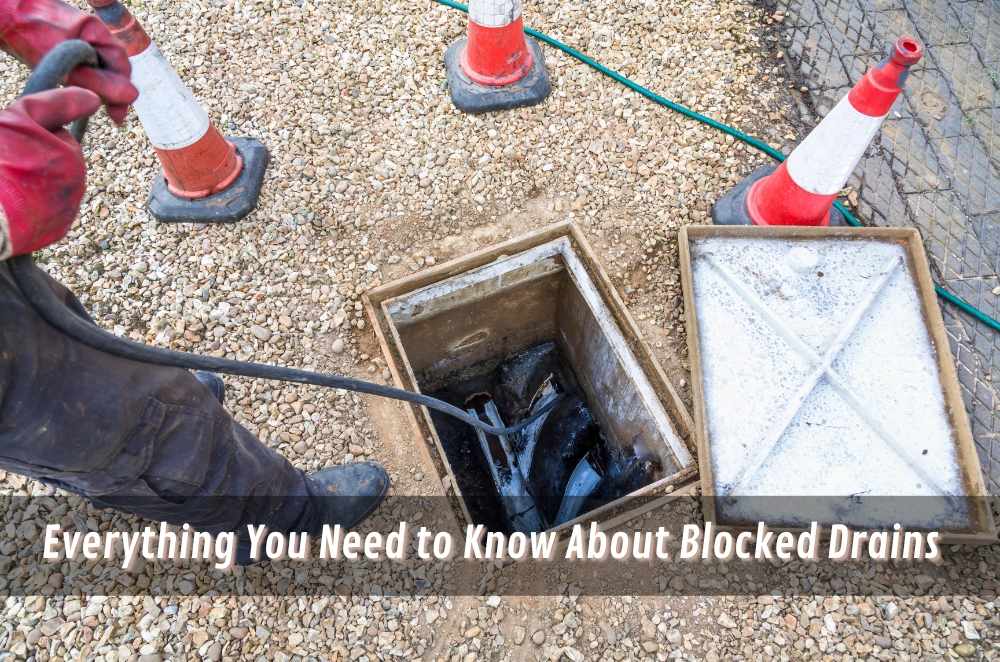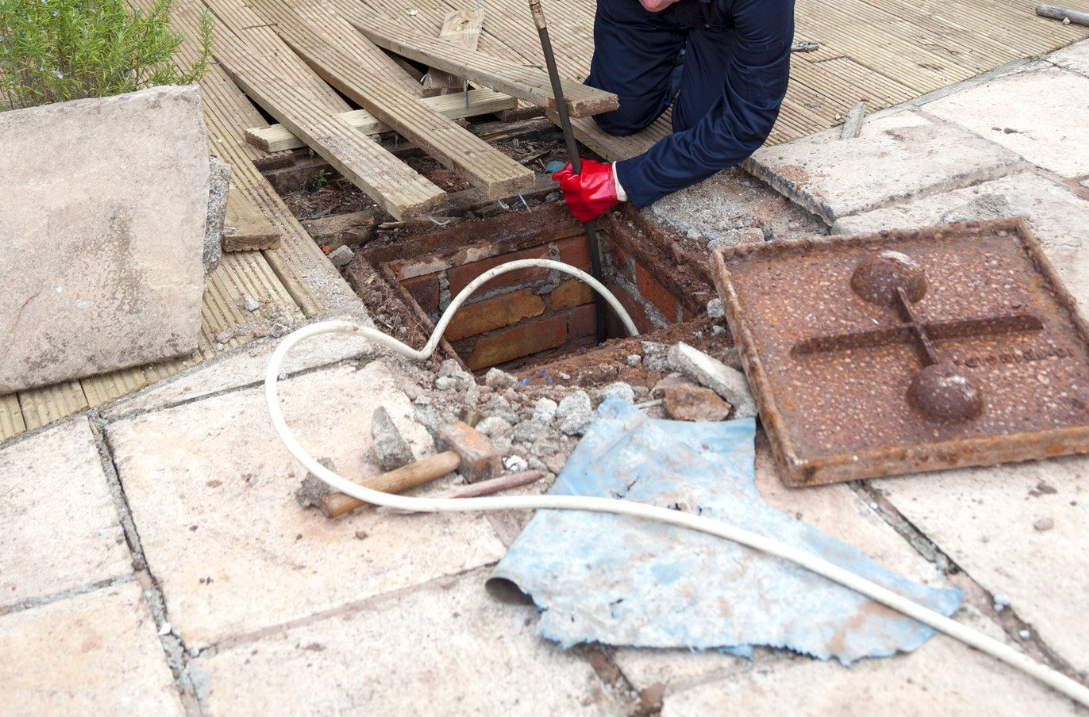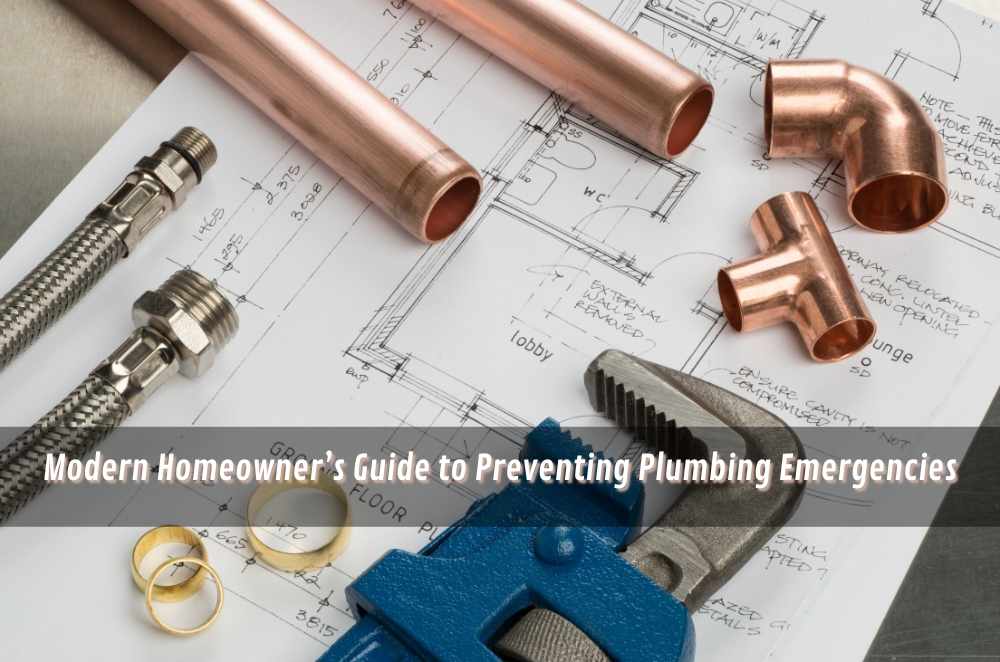
Blocked drains have a way of sneaking into your life at the worst times. You might be halfway through washing the dishes, only to see the sink water swirling stubbornly without going anywhere. Or maybe it’s the shower, slowly filling until you’re ankle-deep before you’ve even finished rinsing your hair. For me, it was a toilet — right before friends came over for a barbecue. Not my proudest memory.
In moments like these, the temptation is always the same: grab a plunger, pour something strong down the pipe, and hope for the best. And sometimes it works. But there are plenty of situations where no amount of elbow grease or supermarket cleaner is going to fix the issue. That’s when you start to appreciate having a reliable blocked drain plumber Sydney on hand — not for showy fixes, but for the sort of practical know-how that actually gets water moving again.
Why do drains clog, and how to spot trouble early
Drains don’t just decide to stop working. They give clues, little ones, long before the water fully backs up. But most of us ignore them because life’s busy, and a slightly slow sink doesn’t feel like an emergency.
The most common causes usually boil down to:
Oil and grease congealing on pipe walls
Hair is building up with soap in the bathrooms
Stray objects (wipes, toys, pads) are finding their way into toilets
Tree roots pushing through cracked or ageing pipes
I learned the hard way in a share house years ago. The kitchen sink would bubble when we used the washing machine, and we just laughed it off. Within a fortnight, the backyard drain was overflowing. It’s easy to think of drains as invisible until they remind you they’re very much part of the household.
DIY fixes versus calling a professional
It’s natural to want to handle blockages yourself. A plunger, a mix of baking soda and vinegar, even those harsh chemical cleaners lined up at the hardware store — they all promise quick relief. And sometimes they genuinely do shift minor clogs.
But deeper problems don’t go away so easily. I once poured nearly a litre of chemical cleaner into a shower drain, convinced I was making progress. The blockage eased for a week, then came back worse. When a plumber finally inspected the line, the chemicals had etched the pipe surface. That “cheap” fix turned into a repair job I wouldn’t recommend to anyone.
Professional plumbers have gear we can’t buy at Bunnings. High-pressure water jetters clear not only the obstruction but also scrape off residue clinging to the pipe walls. CCTV cameras go even further, showing where pipes have cracked, shifted, or collapsed. It’s the difference between guessing and knowing.
Understanding local drainage issues
Blocked drains aren’t always about what you put down the sink or flush in the toilet. Sometimes the problem comes from outside the house. Tree roots, heavy rain, and ageing infrastructure all play a part, especially in Sydney’s older suburbs.
Local councils recognise this, which is why there are resources to help residents address ongoing drainage problems through proper channels. The City of Sydney, for example, provides practical advice on what steps to take if flooding, excess stormwater, or tree roots are affecting your property’s drainage.
It helps clarify when the issue is a household matter versus a council matter
It points residents towards the right kind of professional help
It acknowledges the link between natural causes and man-made systems
In practice, that means not every blocked drain can be solved with a plunger. Some issues are tied to the bigger picture — pipes under footpaths, tree growth, or stormwater systems beyond your fence line.
Everyday habits that make blockages less likely
Prevention isn’t glamorous, but it’s cheaper and less stressful than calling someone out in a panic. Small shifts in daily habits can make a surprising difference:
Collect cooking fats in a jar instead of tipping them down the sink
Fit strainers to sinks and showers to trap food scraps and hair
Only flush toilet paper — not wipes, cotton buds, or anything “flushable”
Have drains inspected if you live in older homes or tree-heavy suburbs
When I moved into an older house with clay pipes, the plumber explained how easily tree roots could invade them. A couple of simple changes at home — like using strainers — saved me from bigger dramas later. Practical tips like these are also tied to the idea of preventing plumbing emergencies, because most problems don’t come from one big mistake. They build up slowly, and small adjustments are usually enough to keep the system flowing.
Knowing the point where DIY stops working
Everyone tries to handle drain issues themselves at first, and that’s fair enough. A plunger, some hot water, maybe a home remedy with baking soda — they can all buy time. But there’s a limit. If the same drain keeps clogging, or sewage starts creeping back into sinks or showers, you’re dealing with something deeper.
Smells that won’t go away or water spilling from outside drains are also clear signals that the blockage is beyond DIY. These are the moments where calling in a professional isn’t just helpful — it’s necessary. Homeowners often ask about when to call a plumber for blocked drains, and the truth is, it’s sooner than most people expect. Acting early often prevents bigger repairs, and it saves the frustration of chasing a problem that keeps coming back.

Wrapping things up
Blocked drains don’t have to feel like a catastrophe. They’re annoying, yes, but usually manageable with a mix of prevention and timely action. Know the early signs, keep up with small habits that reduce risk, and don’t shy away from professional help when the problem goes deeper than surface level.
From my own experience, ignoring the gurgles or smells never saves time — it just delays the inevitable. The good news is, with the right habits and a clear sense of when to step back and let a professional handle it, blocked drains become less of a household crisis and more of an inconvenience you can get on top of quickly.










Write a comment ...